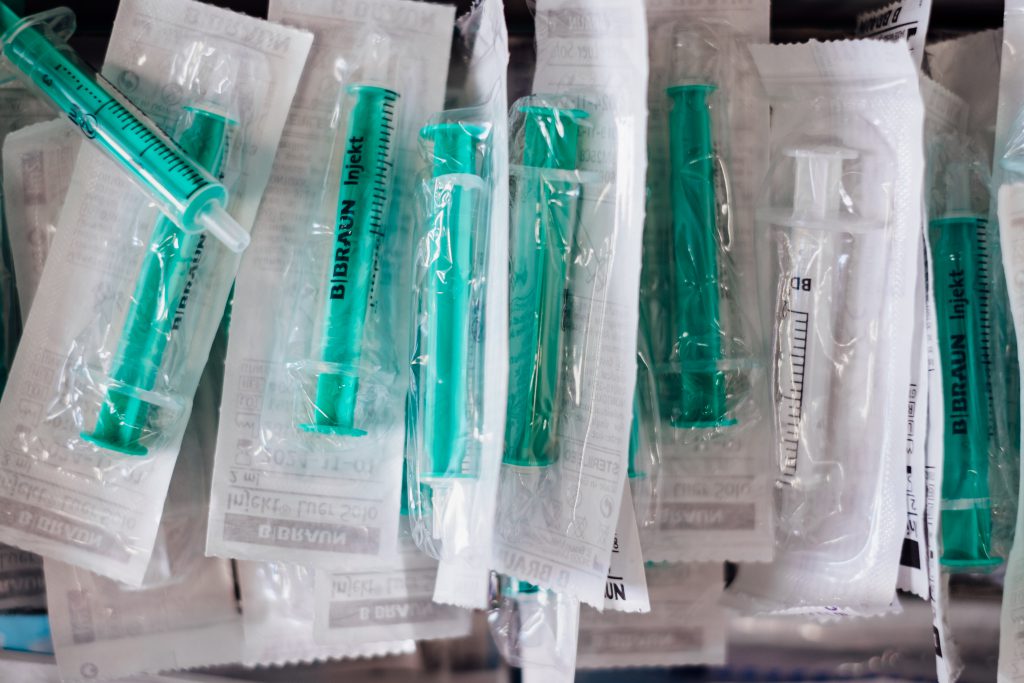Even though earwax is an advantageous substance in the ear, in some cases it may have being eliminated. Sometimes, earwax doesn't extrude. It gets impacted to the canal hence stopping transmission of sound. Due to that, earwax removal continues to be just about the most frequently performed methods. You will find distinct strategies that may be used to remove wax.

Hand removal
This is probably the most known procedure. It calls for the usage of suction and micro devices as smooth ear and ring curettes wax removal products which is usually realized in medical institutions. This form of earwax treatment is the safest and the least traumatic method as it doesn't cause damage to the
underlying pathology such as tympanic perforation that may underlie below the wax. While conducting hand-operated removal of wax, it's crucial to use soft materials so as to stay away from harming the sensitive parts of the ear such as eardrum.
Irrigation
This method wax removal is ideal for both primary care as well as specialty settings. As the title indicates it calls for the usage of water i.e. lukewarm water to dissolve as well as eliminate the wax.
How's earwax removal by irrigation accomplished?
To begin with, a large syringe is loaded with lukewarm water. The water needs to be clean and pure. It's advisable to use lukewarm water so as to stop caloric stimulation. The auricle is pulled back to straighten the canal & rain is directed on the top of the ear canal. The supervision of water need to be from the eardrum. The water is left at the canal for sometime before it is removed. While removing, a basin is kept below the ear to catch the irrigant and hearing loss treatments (
hyperlink) the wax.
This method is very effective and time-honored. It's normally completed out of necessity. But, it should be remembered that attention ought to be noticed. Take of excessive force may result in damage to sensitive parts of the tympanic membrane and for that reason it might subject a person to injury.